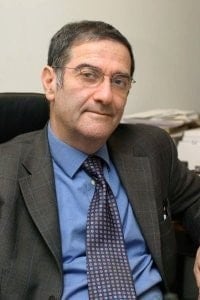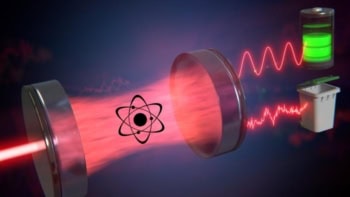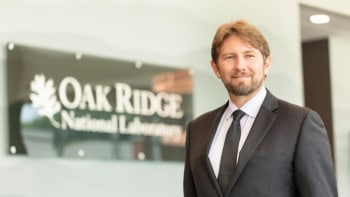
A physicist has been awarded France’s top science prize for his work on atomic physics and quantum optics. Serge Haroche — one of the founding fathers of cavity quantum electrodynamics (CQED) — was named as this year’s “gold medal” winner by the French national research council (CNRS) at a press conference in Paris yesterday. Haroche currently heads the electrodynamics and simple systems group at CNRS’s Kastler Brossel Lab in Paris.
Previous physics recipients include the Nobel Prize winners Albert Fert and Claude Cohen-Tannoudji, who was Haroche’s PhD supervisor. “In these times of confusion and obscurity, Serge Haroche’s clarity and lucidity are indeed very welcome,” said CNRS president Catherine Bréchignac. The gold medal is awarded annually in recognition of a lifetime’s academic achievement.
Seeing in a different light
Haroche’s expertise lies in manipulating and controlling single atoms and single photons interacting in a cavity, which is a box made of highly reflecting metallic walls. By studying the behaviour of atoms and photons in this protected environment, physicists can illustrate experimentally some fundamental aspects of quantum theory, such as complementarity and decoherence. Haroche’s research has also offered insights into the physics of quantum computing.
Recently, Haroche’s team succeeded in trapping a single photon in a box on the time scale of tenths of seconds and detected this photon many times without destroying it. The researchers did this by sending atoms across the box and measuring the imprint left on the atoms by the photon. This new kind of light detection, known as ‘quantum non-demolition’ (QND), had never been achieved before because single photons had previously been destroyed before detection.
The result means that researchers can now repeatedly extract information from the same photon. Such a new way of ‘seeing’ could have implications for quantum science – for example, a photon could share its information with an ensemble of atoms to build up an ‘entangled state’ of light or matter.
A life in science
Haroche was born in Casablanca in 1944. He studied at the École Normale Supérieure, where he obtained his PhD in 1971. He then joined the CNRS before holding various teaching posts at the universities of Harvard and Yale in the US. Since 2001 he has held the Chair of Quantum Physics at the Collège de France and carried out his research at the CNRS facilities.
“Haroche has opened a new window to the world of quantum physics, enabling us to observe fundamental quantum phenomena and to witness basic measurement processes in ways previously inconceivable,” says Daniel Kleppner of the Massachusetts Institute of Technology. “Niels Bohr once argued that truth and clarity cannot be simultaneously achieved, but Serge Haroche’s work shows that they can be.”
Serge Haroche will receive his award at the end of the year during a special ceremony – the venue is still to be confirmed.



